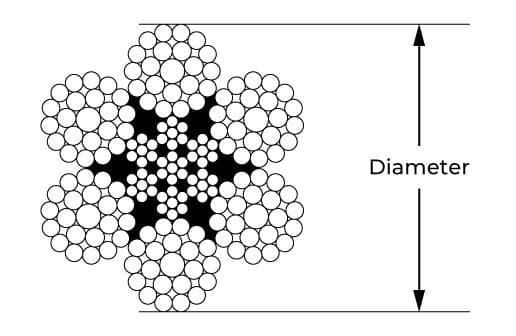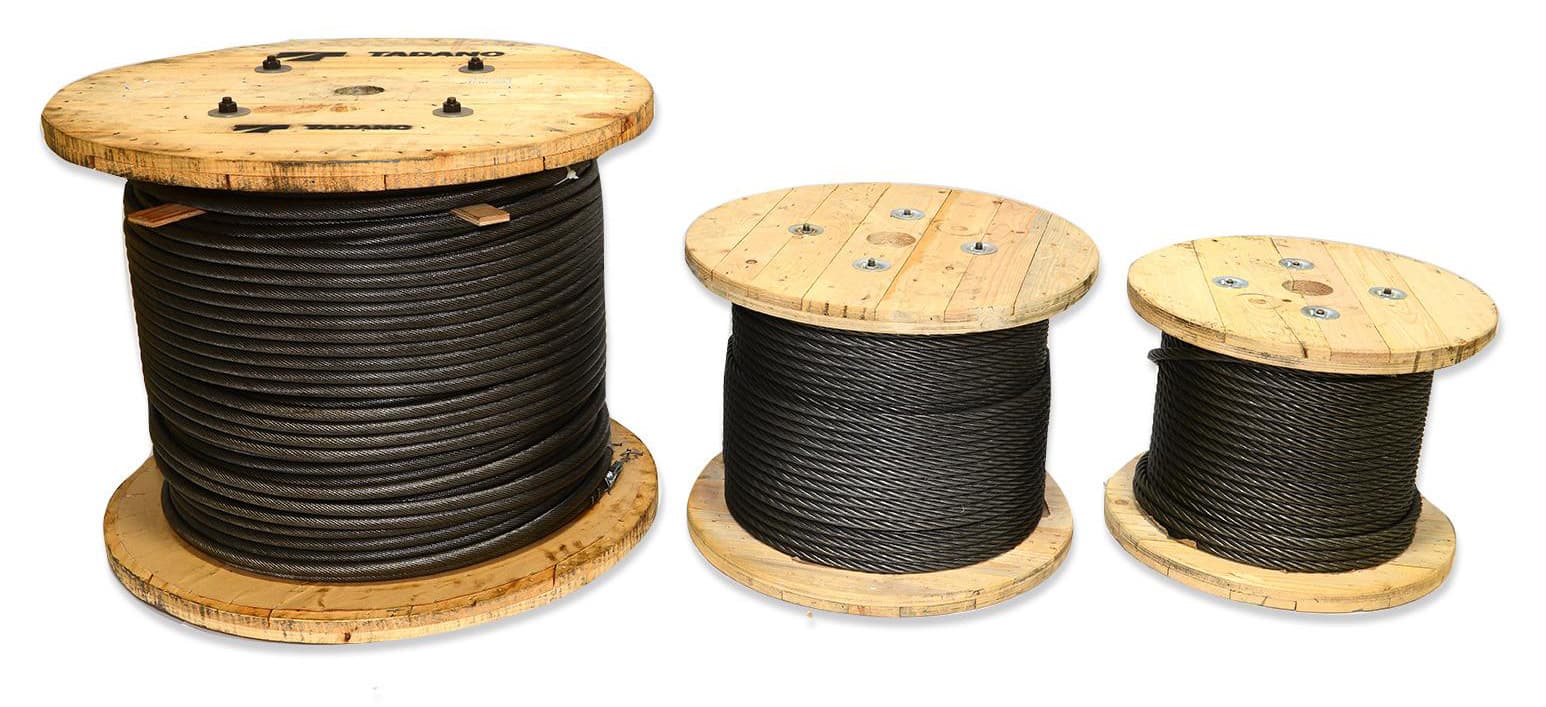Even if the diameter and configuration are the same, a genuine TADANO wire rope may differ from the market products in the following points.
- Wire class
- Diameter tolerance
- Torque coefficient and/or direction of lay
Please choose your region
For each regional website links, please find below:
Even if the diameter and configuration are the same, a genuine TADANO wire rope may differ from the market products in the following points.

The wire class is a rank of the nominal tensile strength of the wires that make up the rope.
The ordinary classes in the market are the following.
In addition, there is the special class (designated class, Class C) category: 195 kgf/mm2 (1910 N/mm2) grade or higher. These are products that were developed jointly by a manufacturer of construction machinery or elevators and a rope manufacturer. In general the ordinary sale of these products is prohibited by an agreement between the manufacturers at the time of development. Many TADANO products use special class (designated class, Class C) wire ropes.
Maximum allowable load (breaking load) : Market parts < Genuine parts
In the worst case, an accident may occur due to breakage of the wire rope!

Pickup